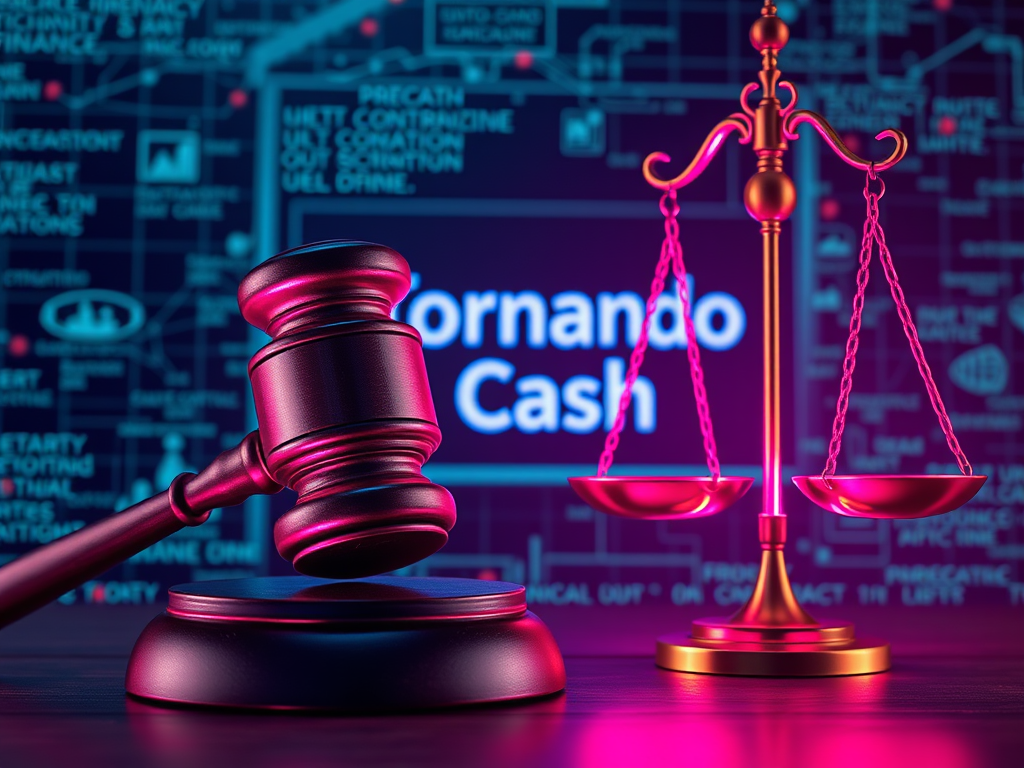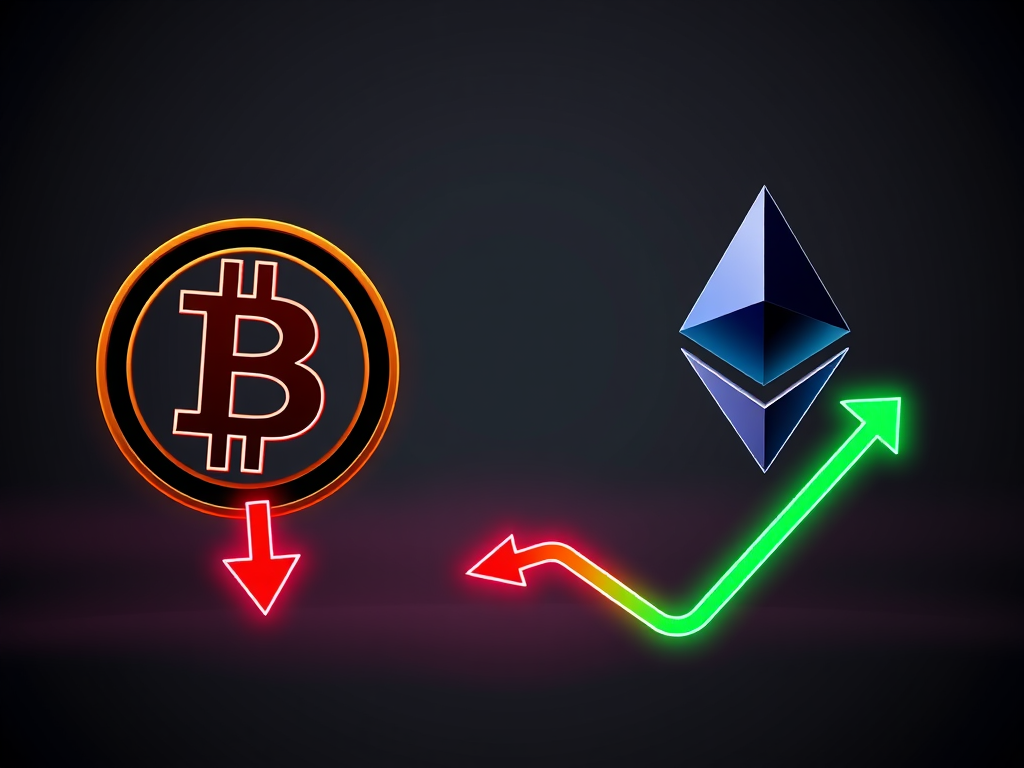Decentralized finance, commonly known as DeFi, transforms the financial landscape by leveraging blockchain technology. Unlike traditional financial systems that rely on centralized intermediaries such as banks, DeFi offers open, transparent, and permissionless financial services accessible to anyone with an internet connection. This paradigm shift enables peer-to-peer transactions, lending, borrowing, and trading without intermediaries, potentially reducing costs and increasing efficiency.
This guide aims to provide a comprehensive overview of DeFi, explaining its core concepts, functionality, and practical steps for getting started. Whether you’re an experienced investor or a curious newcomer, understanding DeFi can open up new financial opportunities and insights into the future of finance.
Understanding the Fundamentals: How DeFi Platforms Work
DeFi primarily operates on blockchain networks, with Ethereum being the most prominent. These platforms utilize smart contracts to facilitate peer-to-peer transactions. Here’s a breakdown of key components:
Smart Contracts
Smart contracts are self-executing digital agreements that automatically enforce terms when predefined conditions are met. They eliminate the need for intermediaries, ensuring secure and transparent transactions. Programmed to follow specific rules, smart contracts execute actions once certain criteria are fulfilled, reducing the risk of fraud and human error.
Decentralized Applications (dApps)
Users access DeFi services through dApps built on blockchain networks. These applications enable activities such as lending, borrowing, and trading. With user-friendly interfaces, dApps make it easier for individuals to interact with blockchain technology without understanding its technical intricacies.
Liquidity Providers
These users deposit funds into liquidity pools, enabling trading and lending activities. In return, they earn transaction fees and interest. Liquidity providers play a crucial role in maintaining the ecosystem by providing the necessary capital for various DeFi protocols to function smoothly. Their contributions increase the overall liquidity of the market, ensuring efficient execution of trades and transactions.
The decentralized nature of DeFi platforms makes them less susceptible to censorship and central control, fostering a more open and inclusive financial system. This democratization of finance has the potential to offer financial services to unbanked and underbanked populations worldwide, promoting greater financial inclusion.
Getting Started: Setting Up Your DeFi Wallet
To begin your DeFi journey, you’ll need a digital wallet. Follow these steps to set one up:
- Choose a Non-Custodial Wallet: Opt for a non-custodial wallet for enhanced security and control over your assets. Unlike custodial wallets, non-custodial wallets store private keys directly on your device, ensuring that only you can access your funds. This reduces the risk of potential security breaches and hacking attempts, as you are the sole custodian of your cryptocurrencies. Popular options include MetaMask, Trust Wallet, and Ledger.
- Install the Wallet: Download and install the wallet on your device, whether a desktop computer or a mobile phone. Ensure you download from the official website or app store to avoid potential security risks.
- Secure Your Wallet: Create a strong password that includes a mix of letters, numbers, and special characters. Back up your seed phrase, a series of random words to recover your wallet if you lose access. Store this seed phrase in a safe, offline location, as anyone with access to it can control your wallet.
- Fund Your Wallet: Purchase cryptocurrency (such as Ethereum) from a reputable exchange like Coinbase, Binance, or Kraken. Once you have your cryptocurrency, transfer it to your DeFi wallet by copying your address and pasting it into the withdrawal field on the exchange. Double-check all addresses to ensure accuracy, as transactions cannot be undone.
Navigating DeFi Platforms: A User Interface Overview
Once your wallet is set up, you can explore DeFi platforms. Here’s what you need to know:
Connecting Your Wallet
Follow the platform’s instructions to connect your wallet. Usually, this involves clicking a “Connect Wallet” button and approving the connection in your wallet app. Ensure your wallet is compatible with the platform and has sufficient funds for gas fees.
User Dashboard
Most DeFi platforms have a user-friendly dashboard displaying your balances, recent transactions, and available services. Here, you can monitor your portfolio, track your earnings, and access the platform’s financial products.
Executing Transactions
Whether you’re lending, borrowing, or trading, the process typically involves selecting the desired service, entering the amount, and confirming the transaction in your wallet. Review all details carefully before confirming, as blockchain transactions are irreversible. Monitor gas fees and transaction times to ensure a smooth and cost-effective experience.
Ways to Invest and Earn with DeFi
DeFi offers various ways to grow your assets:
Staking
Lock up your cryptocurrency in a staking contract to support network operations and earn rewards. Staking helps secure the network and provides a steady income stream through staking rewards, which can vary depending on the network and the amount staked.
Yield Farming
Provide liquidity to DeFi protocols and earn interest, fees, or tokens as rewards. By participating in yield farming, you can maximize your returns by leveraging different DeFi platforms and offering attractive incentives. However, it’s essential to be mindful of the risks:
- Impermanent Loss occurs when the value of your staked tokens changes compared to when you deposited them, potentially leading to losses when you withdraw. Be aware of market volatility and choose stable pairs to minimize this risk.
- Smart Contract Vulnerabilities: Smart contracts can contain bugs or be exploited, leading to potential loss of funds. Ensure that your platforms have undergone thorough audits and a good security track record.
Lending
Lend your assets to borrowers and earn interest. Platforms like Aave and Compound simplify this process by offering user-friendly interfaces and robust security measures. As a lender, you can choose from various assets to lend and earn competitive interest rates, contributing to a decentralized and more accessible financial ecosystem.
Managing Risks: Security Best Practices for DeFi
While DeFi presents exciting opportunities for financial innovation, it also has inherent risks that users must navigate carefully. Here are some security best practices to help safeguard your assets:
Use Hardware Wallets
Consider using hardware wallets like Ledger or Trezor for added security. These devices store your private keys offline, significantly reducing the risk of hacks and unauthorized access.
Enable Two-Factor Authentication (2FA)
Add an extra layer of security to your accounts. This step requires a second form of verification, typically through a mobile app or text message, making it much harder for malicious actors to gain access.
Stay Informed
Follow the latest news and updates about the platforms you’re using. The DeFi landscape is rapidly evolving, and being aware of new features, vulnerabilities, or scams can help you make informed decisions.
Be Cautious of Scams
Always verify the legitimacy of platforms and dApps before connecting your wallet. Look for reviews, check the official website, and ensure the platform has a good reputation within the community. Unfortunately, scams and fraudulent schemes are common in the DeFi space, so due diligence is crucial.
Understand Common DeFi Security Vulnerabilities
- Reentrancy Attacks occur when an attacker repeatedly calls a function within a smart contract before the previous execution is completed, potentially draining funds. Use reentrancy guards to prevent this.
- Oracle Manipulation: Oracles provide external data to smart contracts. If compromised, they can feed incorrect data, leading to exploits. Use decentralized oracles and multiple data sources to mitigate risks.
- Front-running attacks involve attackers exploiting transaction information before it is executed on the blockchain. Implement measures like transaction ordering and private transactions to protect against front-running.
Future of DeFi: Upcoming Trends and Developments
The DeFi landscape is continually evolving, presenting exciting opportunities and challenges. Here are some trends to watch:
Cross-Chain Interoperability
With multiple blockchain networks rising, seamless chain interaction solutions are becoming increasingly important. These technologies allow assets and data to move freely across various platforms, fostering greater innovation and collaboration within the blockchain ecosystem.
Layer 2 Scaling
As blockchain adoption grows, so does the need for faster and more cost-effective transactions. Layer 2 scaling technologies, such as Optimistic Rollups and zk-Rollups, are designed to enhance the performance of blockchain networks by processing transactions off-chain and then finalizing them on the main chain. This improves transaction speed and reduces costs, making blockchain applications more accessible to a broader audience.
Regulatory Developments
The regulatory landscape for DeFi is evolving rapidly. The EU’s Markets in Crypto-Assets Regulation (MiCA), set to take full effect by the end of 2024, will require DeFi protocols to adhere to the same licensing and Know Your Customer (KYC) requirements as traditional financial services. This could force DeFi projects to choose between complete decentralization or compliance with regulatory standards. Staying informed about these developments is crucial, as they can impact project viability and market dynamics.
Conclusion: Your Role in the Decentralized Future
Decentralized finance represents a significant shift in how we interact with financial systems, offering increased transparency, inclusivity, and control over one’s assets. As a participant in DeFi, you play a crucial role in shaping the future of finance by contributing to a more open and accessible financial ecosystem.
Remember to stay informed about the latest developments, follow best practices for safeguarding your assets, and approach DeFi with a balanced perspective that acknowledges its potential benefits and risks. By doing so, you can navigate this innovative financial landscape more effectively and benefit from the numerous advantages of decentralized finance, such as reduced fees, increased privacy, and financial sovereignty.
As DeFi continues to evolve, it has the potential to reshape the global financial landscape, offering new opportunities for financial inclusion and innovation. Your informed participation in this ecosystem contributes to its growth and refinement, helping to build a more accessible and equitable financial future for all.













